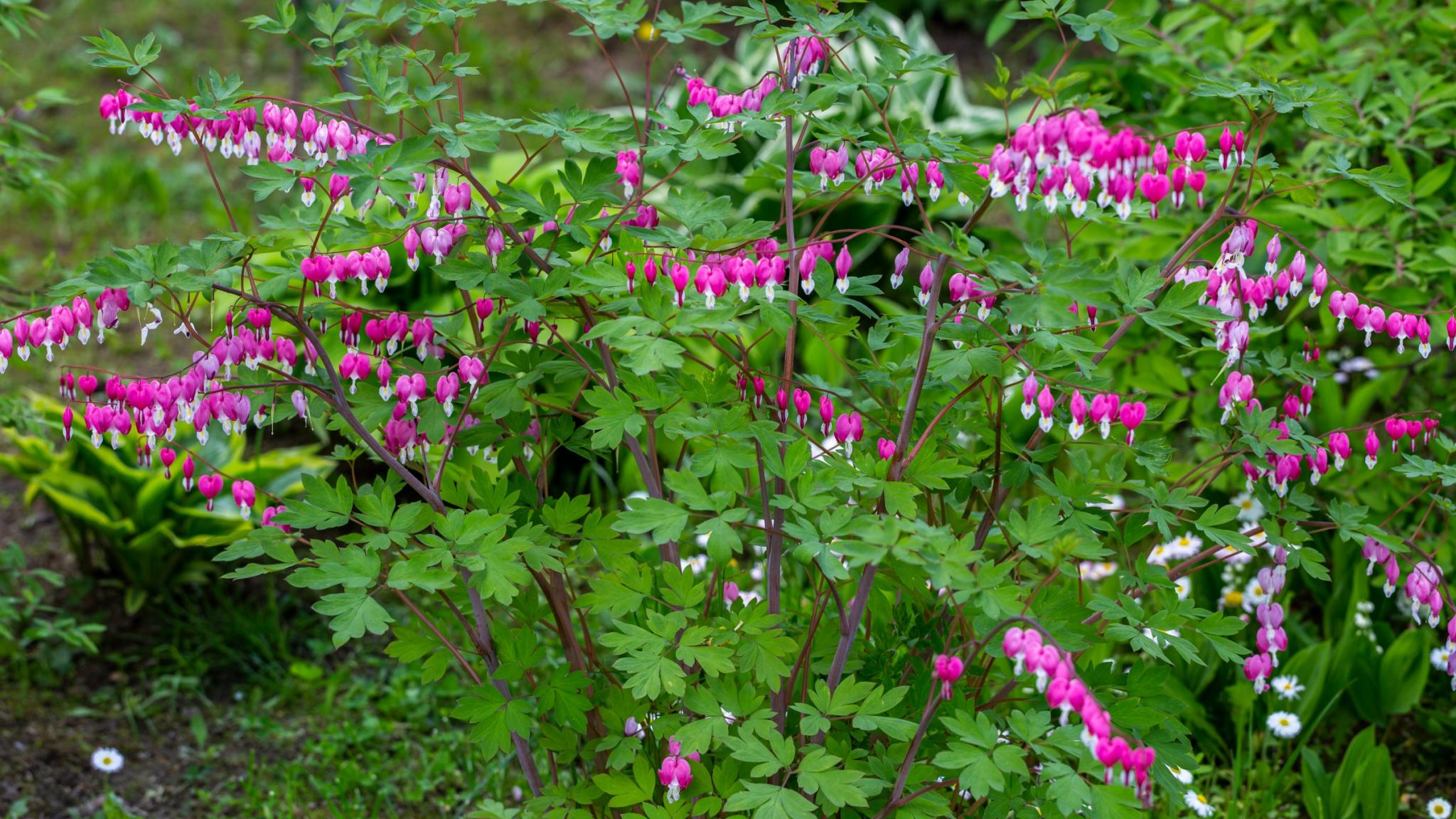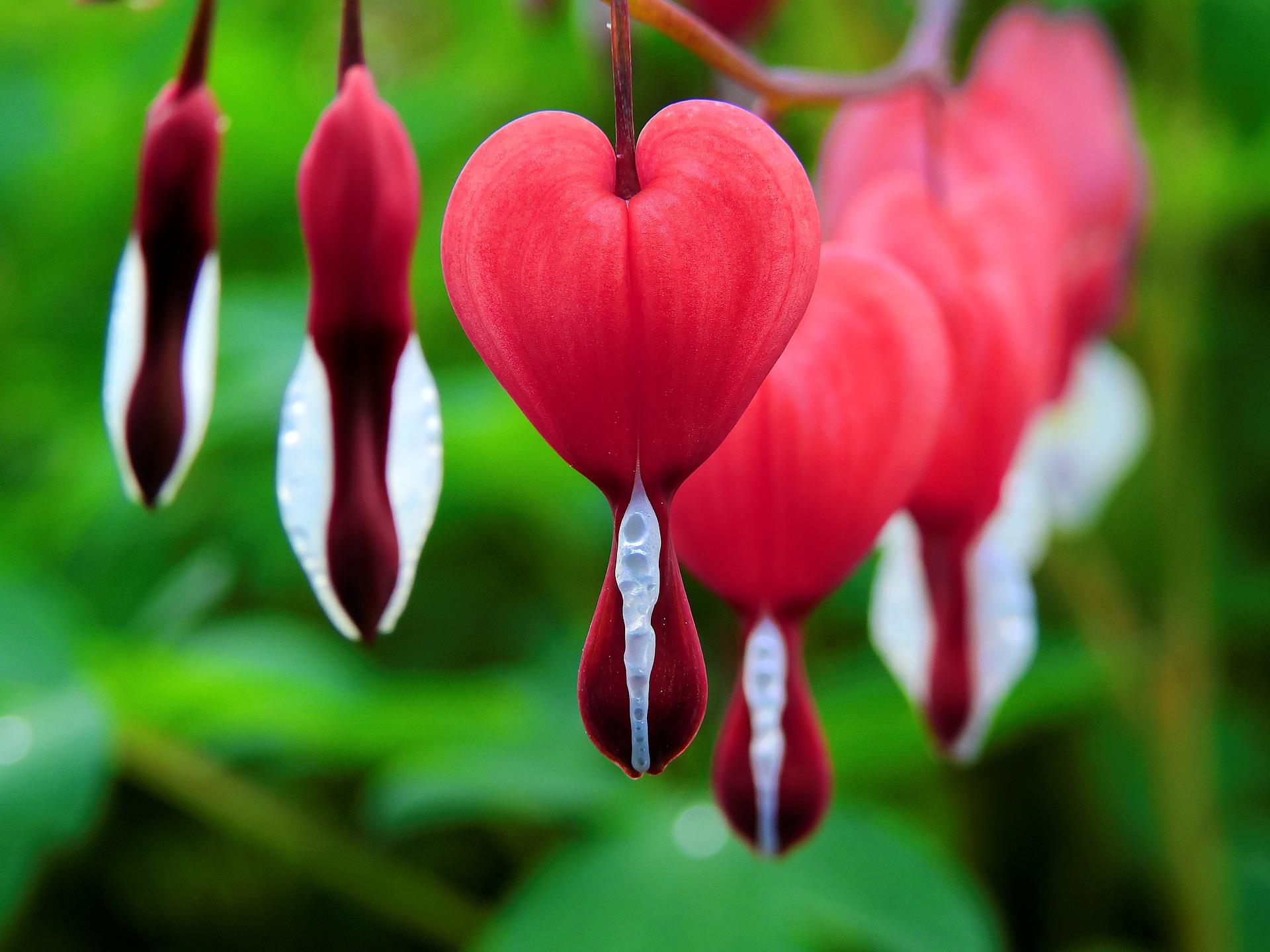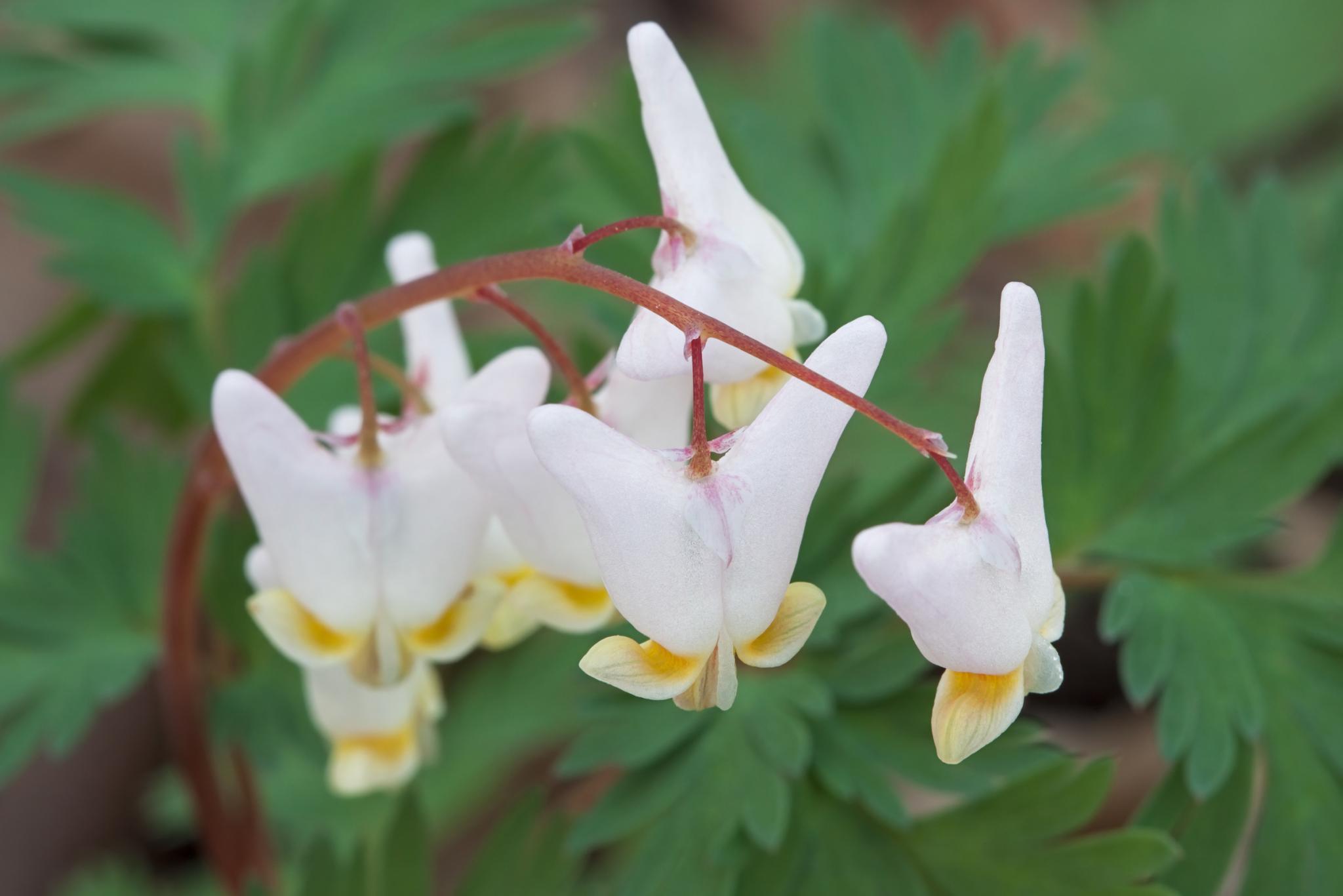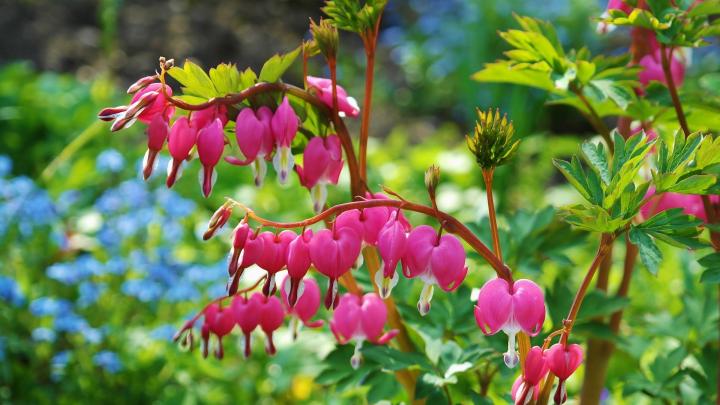
Also receive the Almanac Daily newsletter including gardening tips, weather, astronomical events, and more.
Planting, Growing, and Caring for Bleeding Hearts
ADVERTISEMENT
I planted a bleeding heart 3 yrs ago. First year did great. Next two years it starts to grow. Think it might do something. Next day something got at it right down to soil level. Not sure what is eating it. Not sure if there is enough stem left. Thought I would try to cage it
I have a bleeding heart vine, I was wondering if you know of any good articles or something that you could possibly email me. It was given to me about 3 yrs ago as baby but only really watered it until this last year, when I realized that I just might have a lime green thumb. Got from fiance's mom, she has hers inside so that's where mine is. I live in NW Washington.
I had a Bleeding Heart for at least ten years. Big and Beautiful. Then several years ago it never came back. In the same area I have Lily of the Valley. Do you think the Lilies crowded it out? Thank you
Hi Joanne,
While lily of the valley is a beautiful late spring bloomer, it is an aggressive spreader. Its underground rhizomes will quickly take over an area if left unattended and will choke out weeds and other plants in its vicinity. It appears this is unfortunately what happened to your bleeding heart. You can attempt to dig up the rhizomes in that area of your property if there are any other plants near by you want to protect, but remember if any rhizomes remain, the plant will continue to spread each year.
It is often best to plant lily of the valley in an area where it can live on its own and prevent it from negatively affecting other plants.
I leave the flowers to go to seed. This is the easiest way to increase and replenish these easy and beautiful plants. You can collect the seeds when ripe and sprinkle throughout your property.
The seedlings very soon grow to maturity.
I especially like the white variety and yes, they make lovely indoor, long lasting vase flowers.
Bleeding heart beautiful. I am 64 never seen this before. Where can I buy one. I live in Kentucky.
available in walmart
Bleeding heart blooms in very early spring, so you’ll often find at nurseries or garden centers at that time of the year!
RECEIVED AS GIFT. NOW KNOW WHERE TO PLANT.THANK YOU. SINCERELY, ELISE MURPHY
Thank you for article in today's email













